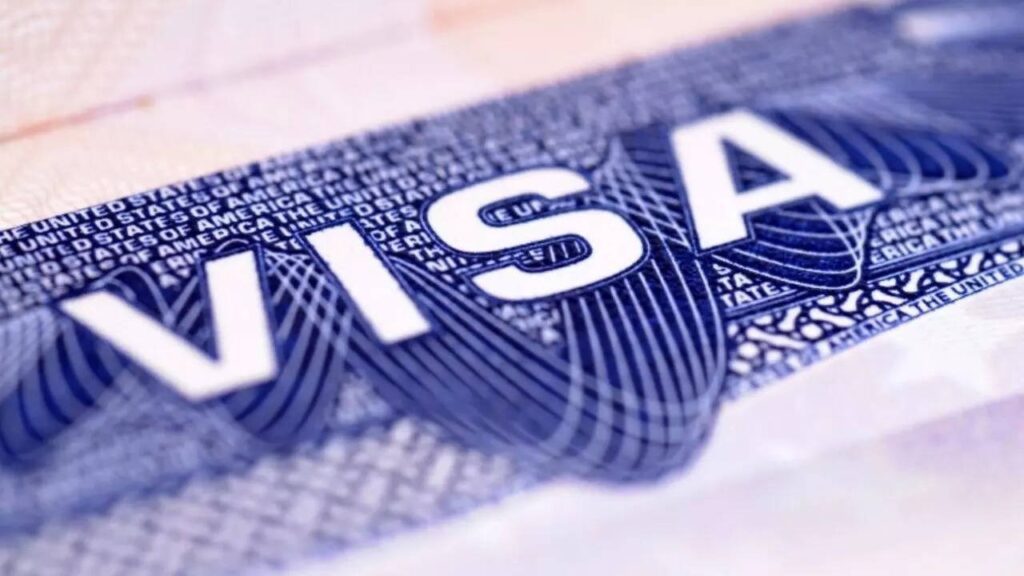Subclass 485 Visa for Hobart Graduates– Two-Year Second Post-Higher Education Work (PHEW) Visa

Subclass 485 Visa for Hobart Graduates
Two Year Second PHEW Visa
Great news for international graduates in Hobart!
From 12 September 2025, there is 2 year visa extension for second subclass 485 visa for Hobart Graduates. This option is only available higher education graduates who studied and lived in Hobart or nearby eligible postcodes and who are now eligible for a subclass 485 Second Post-Higher Education Work (PHEW) stream visa with a two-year grant period.
What’s new in subclass 485 visa for Hobart Graduates?
- Previously, Hobart graduates meeting the Second PHEW criteria were only given a one-year visa.
- Now, they will receive a two-year visa – the same as other regional areas.
This change ensures Hobart is aligned with other eligible regional locations, giving graduates more time to gain valuable work experience in Australia.
Eligibility Summary for the Second 485 visa for Hobart Graduates
To qualify for the Second PHEW visa, applicants need to satisfy the key eligibility requirements set by the Department of Home Affairs. These include:
- Currently holding, or having previously held, a Temporary Graduate visa under the Post-Higher Education Work, Post-Study Work, or Replacement stream.
- Holding a degree from a university campus located in a designated regional area.
- Having lived in a designated regional area for at least two years right before lodging the application.
- Providing evidence of residence and, where relevant, employment records confirming the two-year stay in the regional area.
- Meeting all health, character, and general visa requirements set by the Department.
Note: Hobart and its surrounding postcodes are now fully recognized as eligible regional areas for the Second PHEW visa, provided all other conditions are met.
Benefits of the Updated Second Post-Higher Education Work (PHEW) Visa
For Visa Applicants
- Extended Stay in Australia
Eligible graduates can now stay and work in Australia for an additional period (up to two years), depending on their qualification and regional location. This means more time to gain work experience and strengthen their career prospects. - Regional Advantage
Applicants who study and live in regional areas like Hobart benefit from longer visa durations and pathways to permanent residency under regional migration programs. - Career Growth Opportunities
Graduates can gain valuable professional experience aligned with their field of study, making them more competitive for skilled migration or employer sponsorship. - Improved Work–Life Balance
Regional areas offer affordable living, less congestion, and a supportive community, helping graduates settle and integrate more smoothly. - Pathway to Permanent Residency (PR)
Time spent working and living in regional areas counts towards regional PR pathways, such as subclass 491 or subclass 191 visas.
For Employers
- Access to Skilled Graduates
Regional employers can tap into a larger pool of qualified international graduates who are already living and working in the area. - Reduced Recruitment Challenges
With more skilled visa holders staying longer in regional areas, businesses face less staff turnover and lower hiring costs. - Enhanced Business Stability
Longer visa durations mean employers can retain trained staff for extended periods, improving productivity and consistency. - Boost to Regional Growth
By hiring skilled international graduates, local businesses contribute to regional economic development and help address labour shortages. - Potential for Sponsorship Pathways
Employers can later sponsor talented employees for employer-sponsored or permanent visas, such as subclass 482 or 186, creating a stable workforce.
FAQ’s
1. Who is eligible for the Second PHEW visa under the new rules?
To qualify, applicants must have held a first Temporary Graduate visa (Post-Higher Education Work, Post-Study Work, or Replacement stream), completed a degree from a campus in a designated regional area, and lived in that regional area for at least two years immediately before applying. They must also meet all health, character, and general visa conditions.
2. What are the benefits of these changes for visa applicants?
Eligible graduates who studied and lived in regional areas such as Hobart and nearby postcodes can now receive a second Temporary Graduate visa valid for up to two years. This allows more time for regional work experience, permanent residency planning, and integration into the community.
3. How do the changes benefit employers in regional Australia?
Regional employers gain access to a larger pool of skilled and experienced graduates who can legally work for an extended period. This helps fill skill shortages and supports business growth in health, education, hospitality, and other key industries.
4. What evidence must applicants provide to prove regional residence?
Applicants must show proof of residence (such as lease agreements, utility bills, or official correspondence) and, if applicable, employment evidence (such as payslips or employment contracts) covering the two-year regional period.
5. Can graduates from Hobart and nearby regions benefit from these updates?
Yes. Hobart and its surrounding postcodes are now officially recognized as eligible for the full two-year Second PHEW stream, provided all other visa requirements are met.
For expert advice on your PHEW or regional visa, reach out to Migration Dreamz — we make your migration journey smoother.
